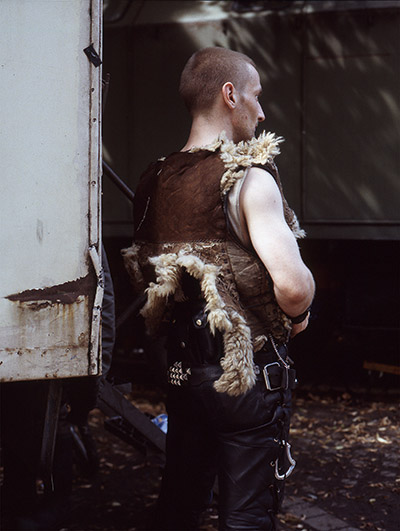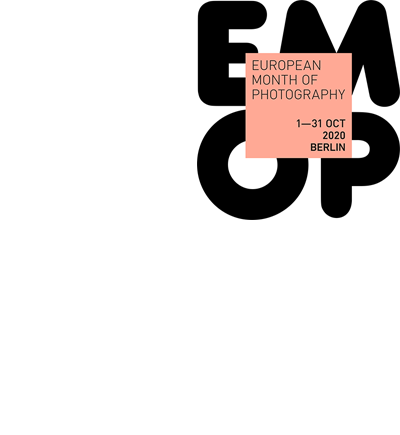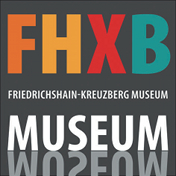Ralf Marsault. Berlin Years on the Wagenburg


October 16, 2020 to March 21, 2021
In the 1980s West-Berlin became the epicentre of social experiments in rebellion against bourgeois lifestyles. Young people came from all across the world to settle in the ‘Wagenburgen’ – caravan colonies that occupied available vacant urban lots.
Like the Tower of Babel, Berlin with its self-determined ways of live, cultural and linguistic diversity, and alternative music scene opened up new horizons for the photographer Ralf Marsault,
enabling him to continue the “fin de siècle”-series of portraits of young anarchists, travellers, and punks that he had begun in Paris and London. His photographs do not document the caravan colonies as such, but rather conjure and orchestrate a reconfigured reality. Marsault does not seek to reduce the people he portrays to their appearance, but rather opens spaces for them to stage themselves and to integrate them into a kind of visual storytelling. The images of Berlin broaden the scope of those from the other two cities by offering an atemporal and atypical vision on the choice of a life on the fringes of society.
The exhibition presented a selection of 30 portraits and views of the Berlin caravan colonies created by Ralf Marsault in visual long-term studies.
Curated by Héléna Bastais.
As part of the European Month of Photography.








